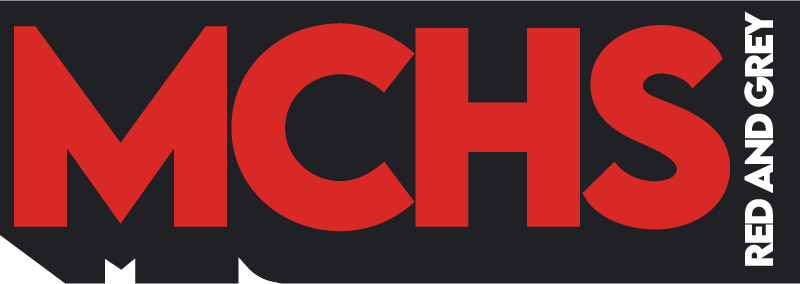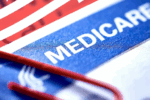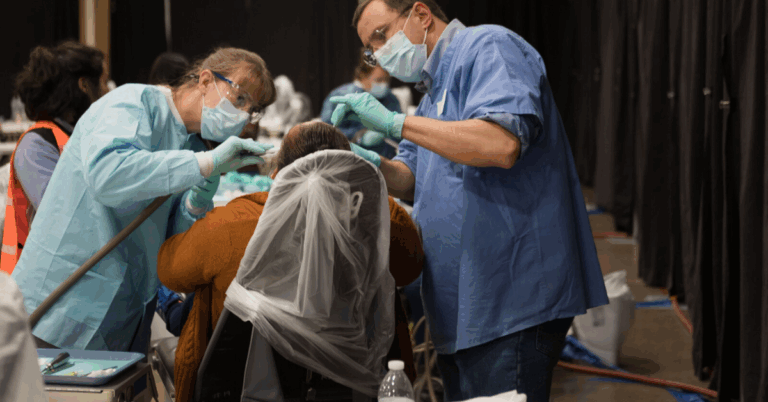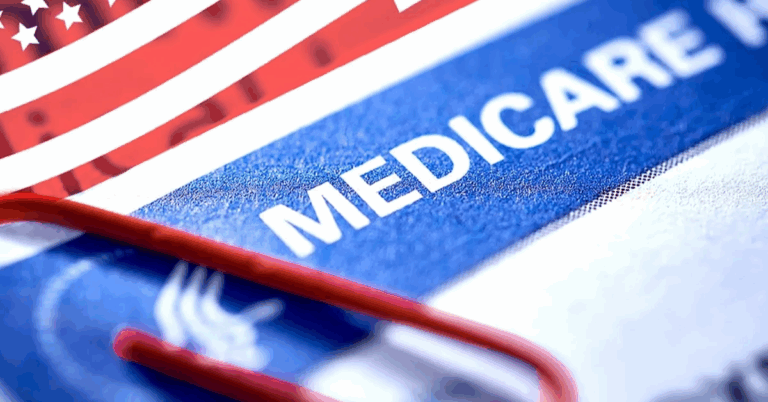
The U.S. Department of Health and Human Services (HHS) is making a determined effort to stop health data blocking and promote better sharing of health information among providers. This move aims to improve patient care by ensuring that important health data flows freely and securely across different healthcare systems. For patients, this means doctors can access complete medical histories faster, leading to quicker and more accurate treatments.
Health data blocking happens when healthcare providers, IT developers, or others limit access to electronic health information without a valid reason. This practice slows down care coordination and can even threaten patient safety. Recognizing these risks, HHS is now focusing on enforcing existing rules more strictly to make sure everyone involved follows the law and supports easy, safe information exchange.
Understanding Health Data Blocking and Its Impact
Health data blocking occurs when people or organizations knowingly interfere with the sharing of electronic health information, contrary to rules set under the 21st Century Cures Act. This blockade can be intentional or accidental but always leads to complications in patient care. As noted by the Office of the National Coordinator for Health Information Technology (ONC), data blocking harms patients by delaying treatment and causing unnecessary repeated tests.
For younger healthcare consumers who are used to instant access to information, such delays can be frustrating and dangerous. Quick access to digital health records helps in emergencies and ongoing treatments, making sure doctors have a full view of a patient’s health needs.
HHS’s New Enforcement Push and What It Means for Providers
The HHS recently announced that it will strengthen enforcement actions against entities that engage in health data blocking. Under new guidelines, both providers and health IT developers may face penalties if they fail to comply with information blocking rules. This is not just a warning but a call for accountability that ensures smooth health data interoperability nationwide.
This increased enforcement effort involves better monitoring, complaint investigations, and penalties that can reach millions of dollars. The goal is to promote transparency and more cooperation in the healthcare technology ecosystem, making data sharing simpler for everyone involved. According to HHS’s Office for Civil Rights (OCR), these measures will help protect patients’ rights to access their own health data easily.
Benefits of Enhanced Information Sharing for Patients and Doctors
When health records are accessible and shared promptly, both patients and doctors benefit. Doctors can provide better, personalized care when they have access to full medical histories, specialist notes, and recent lab results. At the same time, patients avoid the hassle of repeating tests or explaining past treatments multiple times.
Moreover, this transparency empowers patients to take control of their own health data, allowing them to make more informed decisions. Younger adults, familiar with mobile apps and digital platforms, expect easy access to their health information. Enhanced enforcement will push providers to meet these expectations, leading to a more patient-centered healthcare system.
Challenges and Future Outlook for Health Data Sharing
While the enforcement push is positive, challenges remain. Some healthcare organizations find it difficult to adopt new technology quickly due to costs or lack of expertise. Security and privacy concerns also make some providers cautious about sharing data widely. HHS recognizes these issues and is working with stakeholders to improve technical standards and provide support.
Looking ahead, continued efforts to prevent data blocking and promote interoperability will be crucial as digital health technologies grow. Young patients and healthcare professionals alike will benefit from a trustworthy, efficient system where information flows seamlessly, helping to improve outcomes and reduce healthcare costs in the long run.
How Patients Can Benefit and What They Should Know
Patients should understand their right to access their electronic health information quickly and without unnecessary barriers. The new enforcement push means that if patients face issues getting their health data, they can report these problems to HHS. Tools such as online portals and apps are becoming more common, making it easier for individuals to view and share their information securely.
For younger patients who manage health apps or fitness trackers, this increased transparency aligns with their digital lifestyle, bridging the gap between everyday health monitoring and formal medical care. By staying informed about their rights and the technology available, patients can better advocate for themselves.
Conclusion: A Positive Step Toward Health Data Transparency
The HHS enforcement action against health data blocking signals a significant step forward for healthcare transparency and patient empowerment. By removing barriers to information sharing, the department ensures that healthcare providers and technology developers prioritize patient care and data access. For young and tech-savvy patients, this means a smoother, faster healthcare experience aligned with modern digital expectations.
Continued collaboration between HHS, healthcare organizations, and patients will be key to overcoming challenges and making health data sharing safe and seamless. More information about these efforts can be found directly on the HHS website and health IT resources.









